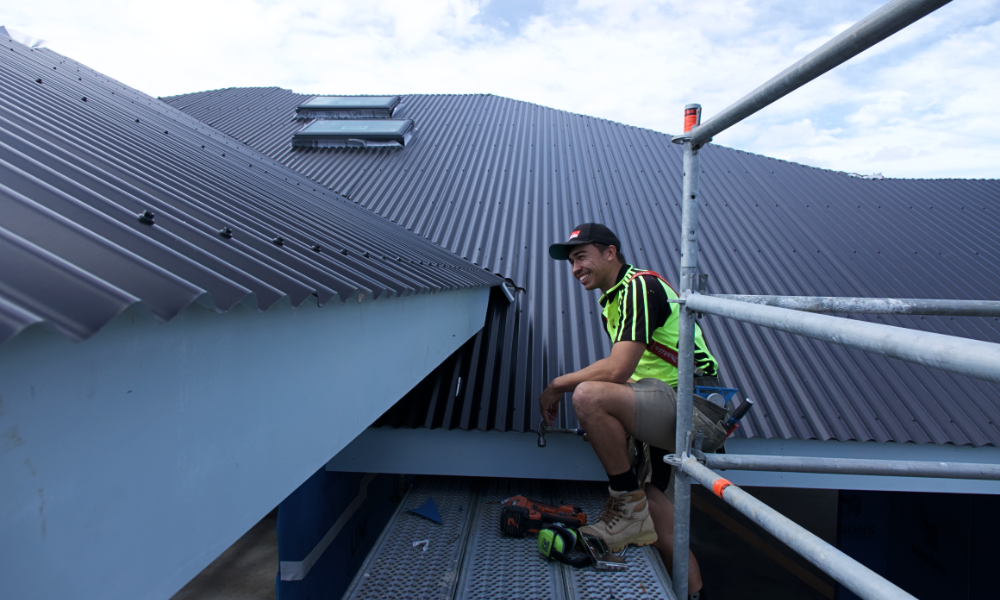Building inspectors play an essential role in ensuring the safety and quality of our buildings. They use a variety of tools to accomplish their tasks, which help them examine different aspects of a building, from its structure to its electrical systems. Let’s explore the essential tools that building inspectors use during their inspections.
Safety equipment
Before we dive into the inspection tools, it’s essential to mention the safety equipment inspectors use
- Hard hat – This protects the inspector’s head from falling objects or low ceilings.
- Safety Glasses – These shield the eyes from dust, debris, and other potential hazards.
- Work boots – Sturdy boots with non-slip soles help inspectors navigate safely through construction sites.
- Gloves – these protect hands when touching rough surfaces or potentially harmful materials.
Flashlight
A powerful flashlight is one of the most essential tools for a building inspector. It allows the inspector to examine dark areas like attics, crawl spaces, and basements, spot issues in dimly lit corners or behind structures, and inspect electrical panels and wiring in detail. Some inspectors use headlamps for hands-free lighting, especially in tight spaces.
Measuring tools
Accurate measurements are crucial in building inspections. Inspectors use several measuring tools –
- Tape measure – This helps measure room dimensions, door heights, and window sizes.
- Laser distance meter – For quick and accurate measurements of longer distances or hard-to-reach areas.
- Level – This tool checks if surfaces are perfectly horizontal or vertical.
Moisture meter
You should check the moisture levels in the walls, floors, and ceilings and take moisture measurements. This will help identify leaks that might otherwise go undetected and determine whether materials are dry enough for painting or finishing. For more information on the tools used in different types of building inspections.
Electrical testing tools
Building inspectors use various tools to check electrical systems –
- Outlet tester – This simple device checks if electrical outlets are wired correctly and appropriately grounded.
- Multimeter – This versatile tool measures electrical circuits’ voltage, current, and resistance.
- Non-contact voltage tester – This detects the presence of electrical current without touching live wires, enhancing safety.
Gas leak detector
A gas leak detector is crucial for buildings with gas appliances or lines. It detects the presence of natural gas or propane, helps locate the source of gas leaks, and assures the safety of the building’s occupants.
Inspection mirror
View areas that are otherwise difficult to see, like behind appliances or under sinks. Check for damage or issues in hard-to-reach places. Inspect plumbing connections and other hidden components.
Digital camera
They document issues found during the inspection, provide visual evidence for inspection reports, and capture images of areas needing further examination. Many inspectors now use smartphones with high-quality cameras for this purpose. For detailed information about building inspection services and their costs, you can check vitalbuildinginspection.com.au/pricing/.
Conclusion
Building inspectors rely on diverse tools to perform thorough and accurate inspections. From basic equipment like flashlights and measuring tools to more advanced technology like infrared cameras and drones, these tools enable inspectors to examine every aspect of a building’s condition.

